Spring Fieldcap
A common mushroom in Spring and early Summer but can be found later in the year. Although edible, the Spring Fieldcap is a little bitter and can be hard to identify to species among other Agrocybes. Agrocybe praecox is a complex of four different species that are almost identical visually and only divisible with a microscope and scientific analyses.
| Mushroom Type | |
| Common Names | Spring Fieldcap, Cap Maes Cynnar (CY), Polówka Wczesna (PL), Tavaszi Rétgomba (HU) |
| Scientific Name | Agrocybe praecox |
| Season Start | Apr |
| Season End | Sep |
| Average Mushroom height (CM) | 8-10 |
| Average Cap width (CM) | 6-8 |
Cap
6-8 cm. Dark grey/brown and greasy when young becoming dryer, off white tan to ochre until drying to near white with age. Convex opening out to almost flat usually remaining smooth and cracking in dry conditions. Can have remains of the veil on the edges.
Gills
Crowded. Adnexed to almost free of the stem. Off white to pale grey to brown, becoming darker with age. Crowded with slightly wavy edges.
Cortina / Veil
The young mushroom has a veil covering the gills, this soon detaches and can become the delicate and short lasting skirt.
Stem
8-10 cm tall, 0.4-1 cm wide . Off white, darkening slightly towards the base. Can have a small delicate skirt. Has visible mycorrhizal threads attached to the base if removed from it’s medium.
Possible Confusion
There are various Agrocybe and Cyclocybe species that look similar, some should be avoided so we don’t eat this one.
Taste / Smell
Bitter when raw, less so after cooking.
Frequency
Common.
Spores
Brown. Ovoid/ellipsoid.
Other Facts
Agrocybe praecox is part of a complex of four Agrocybes that look almost identical and can only be identified by microscope or using chemical analysis.



 (17 votes, average: 3.47 out of 5)
(17 votes, average: 3.47 out of 5)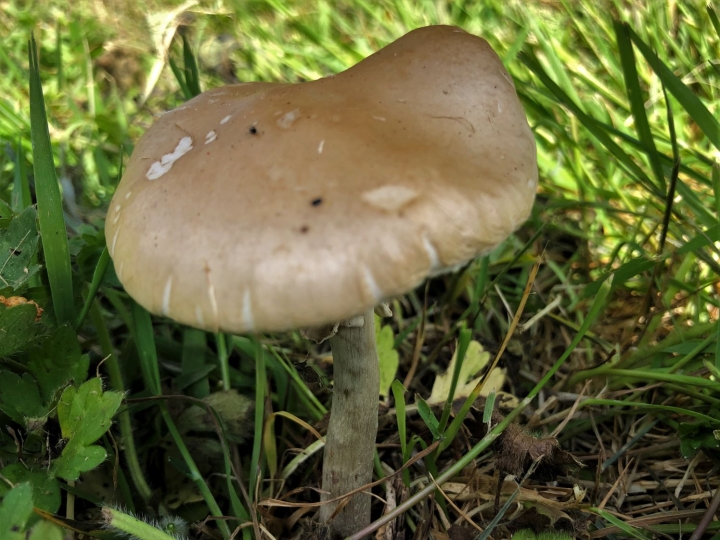















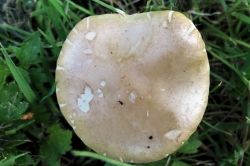
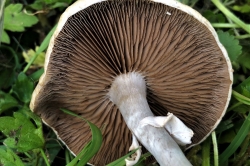
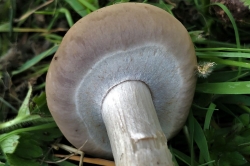
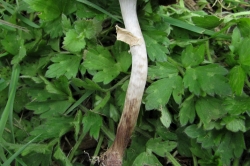
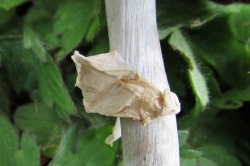
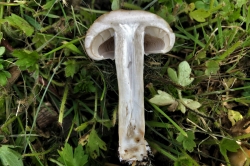
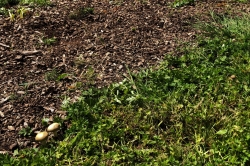






COMMENTS